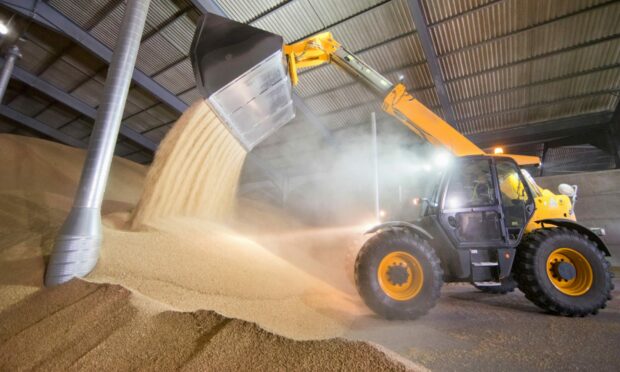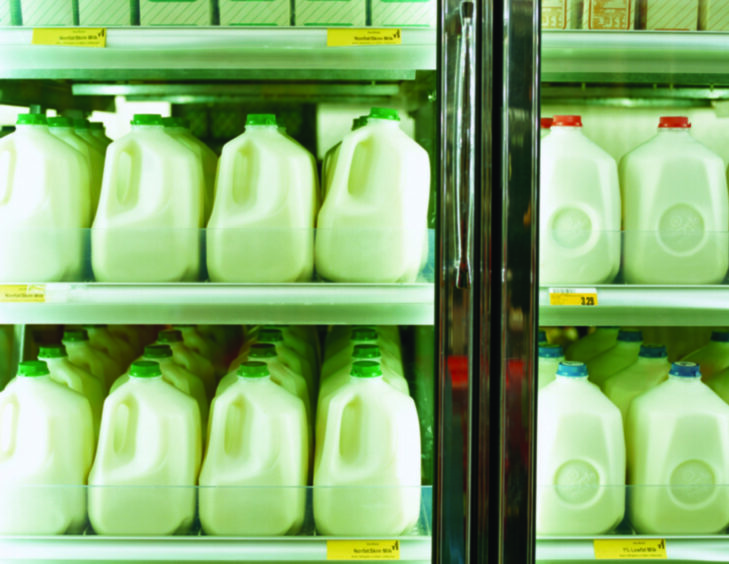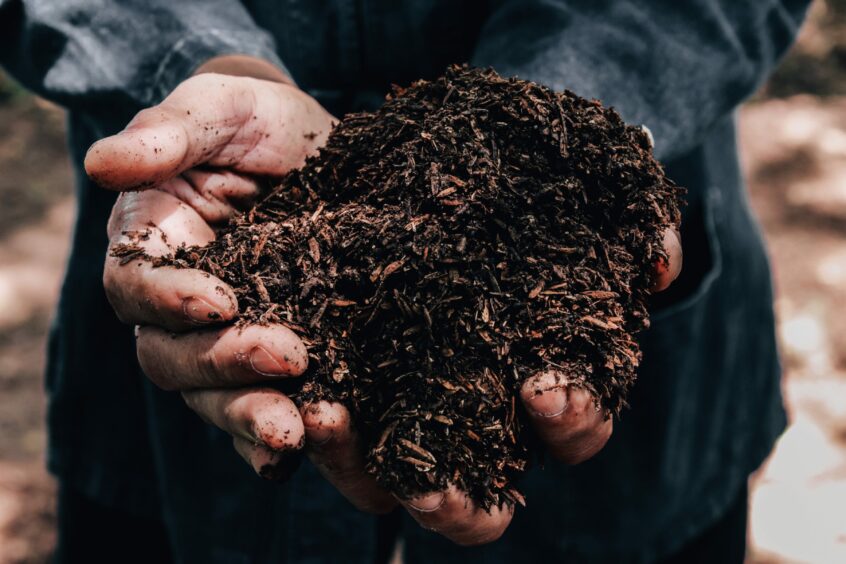Prices across almost all food commodities are continuing to increase.
The United Nations Food and Agriculture Organisation (FAO) index for October reached its highest point since July 2011. It stood at 133.2, up by 3.9 points or three per cent on the September figure, driven by higher prices for cereals and vegetable-based oils.
The cereals index was up by 3.2 per cent from September to October, led by surging demand for wheat where prices rose by five per cent.
This was the fourth consecutive month of rising wheat prices, to their highest level since November 2012. This is down to tight supplies after lower than expected harvests in key countries, including Russia and the United States.
The dairy price index was up by 2.2 per cent from September to October, leaving it 15% ahead of the same month last year.
The disappointment was a 0.7 per cent drop in the meat price index, driven by a drop in demand from China for pigmeat. The index is still a welcome 22% ahead of October 2020.
Despite surging global food prices that should be boosting farm incomes, the European Commission has warned the gloss is being more than taken off by rising input costs.
In a statement to members of the European parliament’s agriculture committee, a senior Commission official, Michael Scammel, underlined the impact of rising fertiliser and agrochemical costs.
This is on top of other higher costs, including fuel and labour.
The debate was summed up with the comment that farming is not about the end price but profitability – and that is being eroded now by unstoppable rises in input costs, rooted ultimately in higher energy costs.
Meanwhile, the European Commission has announced plans for an EU-wide soil health strategy.
This will see legislation introduced by 2023, with the aim of an impact being felt by the target date of 2030 for many green strategies.
The longer term aim is to move the EU soil health status to “good” by 2050.However there is not much emphasis on practical implementation measures and the odds on success, despite the green rhetoric, do not look a lot better than previous efforts which failed to tackle the problem.


